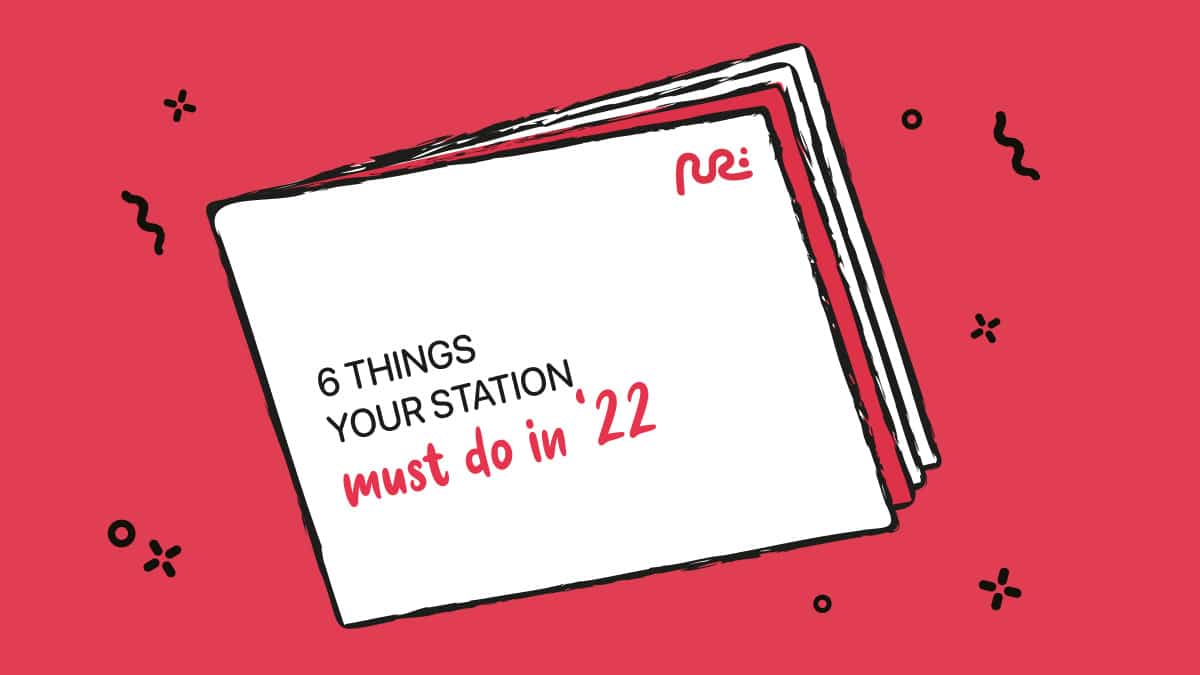Gone are the days when radio branding required a short sting with a station ID at the end of an ad break. Things are very different now. The shift from analog and linear broadcasting to digital and on-demand narrowcasting makes it crucial for broadcasters to take action.
In North America, digital listening is now surpassing AM/FM radio. That’s the trend elsewhere too. The recent pandemic years have disrupted daily commuting habits and in-car listening. And in the relatively near future, we will have self-driving cars. Travelers will not only select from many different audio sources, but also be able to watch videos, play games and send messages.
Radio needs to adopt a different mindset to be effectively proactive. It should think outside in, not inside out; see current radio station(s) as part of a multimedia empire; invest massively in a strong brand, top talent and engaging content, and make all those pillars heard, seen and experienced on every key platform. But just as important (unless they’re public-funded), they need to make their successful brand ready for digital monetization, including re-marketing and geo-targeting. Then some of the online ad spends can flow to radio (or shall we say: audio).
A broader vision
The first step in digital expansion is having a brand, which demands a broader vision. When Entercom — the second-largest radio company in the United States — rebranded itself Audacy, it showed an awareness of the shift in audio consumption: it’s about more than just radio.
Digital has multiple benefits when it comes to monetization. Digital platforms allow targeting and performance measurement — refreshing for advertisers familiar with the “spray and pray” of traditional radio advertising. Furthermore, analog-to-digital conversion allows for an audio-online link, providing a pathway for radio listeners to digital and marketing platforms. It’s therefore critical that your brand sound is coherent and clear every step of the way.
Digital radio is multi-platform and mobile, so branding must match the move. In the connected car, this means getting on to the dashboard, or in-car screen, in a big way. Wherever the car meets the mobile phone, stations must make their mark, whether that be through their own app or an industry-wide interface.
The return of the human touch
To differentiate themselves from the algorithm-driven streaming platforms, radio stations also need to reinstate the human component. Listeners are no longer passive consumers of a single audio stream; they skip between sources, looking to reach out and connect. It’s time for stations to bring back established talent while nurturing tomorrow’s content creatives. Artificial intelligence is, well, artificial. If radio is to provide a real connection, it needs to step outside the boundaries of the “box” and reinsert itself within the community.
Listeners are speaking, and speakers are listening.
Listeners are speaking, and speakers are listening. As listeners interact with their digital audio sources, it’s critical for a radio station that listeners have their brand top of mind. SEO is no longer the preserve of the typed word or phrase; it’s now extended to the spoken name. Radio stations need to remember there are now hundreds of stations, thousands of streams and an unceasing supply of podcasts sitting inside a smart speaker; the intelligent thing to do is to be the brand on the listener’s lips.
Defining a sonic strategy
Any station serious about being a contender in the digital audio space, therefore, needs a sonic strategy for all audience touchpoints — from radio and podcasts to visuals and socials. The simple sting no longer cuts it. Such a strategy also needs to be distinctive. Standing out from the stream of competitors and igniting the imagination of advertisers requires something unique and authentic, not a formula with a few tweaks.
PURE Jingles starts every sonic branding process with detailed research and development to identify what sets a client apart from the pack, and the key characteristics that will define a distinctive sound and the production of a client’s sonic assets. There’s a science to audio branding. Logo melodies and other brand cues are strongly linked to “positive branded attention effects.” Also, if music and voices fit a brand image, it improves recall. Remember that listener leaning in towards their smart speaker? If they’re going to speak your station’s name, you’ll need a team who knows the science of sonic branding and what makes your station special.
PURE offers a free white paper that covers these topics in more detail.
The author is the client relations director of PURE Jingles.

